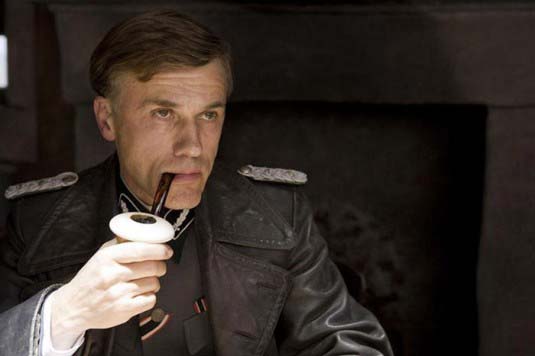We get the idea that Daniel Plainview has been working his entire life to get to the thrilling conclusion of “There Will Be Blood.” And we also get the idea that Daniel Day-Lewis has been searching his entire career for a role such as this. And all of Paul Thomas Anderson’s films have prepared him for this masterpiece.
Nothing prepared me for this amazing, harrowing, difficult film about greed and the people consumed by it. The opening shot is of a mountain range in the desert, and the chilling orchestral crescendo to accompany it makes the moment reminiscent of “2001: A Space Odyssey.” In a mine shaft behind these mountains is Daniel Plainview (Day-Lewis), working all by himself looking for precious stones. It’s 1898, but to get as deep as he is, he must have been working a long time. After an explosion inside the shaft, Daniel falls and breaks his leg, but he manages to pull himself out of the shaft and drag himself miles over the mountains. The first place he goes is to sell his diamonds.
By 1902, he’s beginning his own company, mining deeper in the same spot. In it he finds oil, and the Daniel Plainview we will follow throughout the rest of the film finally comes to light. A coworker with a baby boy is killed as they mine, and Daniel takes the boy, raises him as his own and uses him on his sales pitches. Continue reading “There Will Be Blood”







